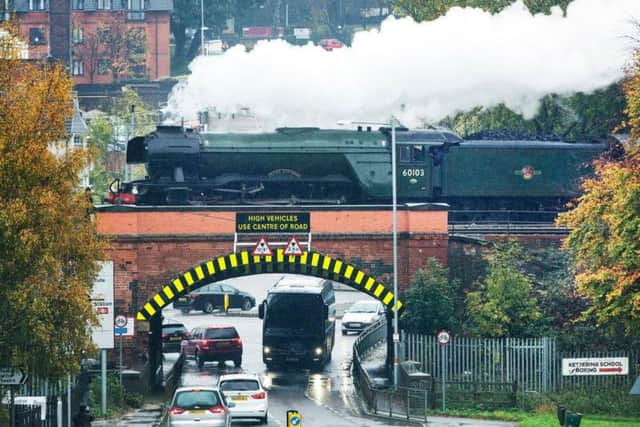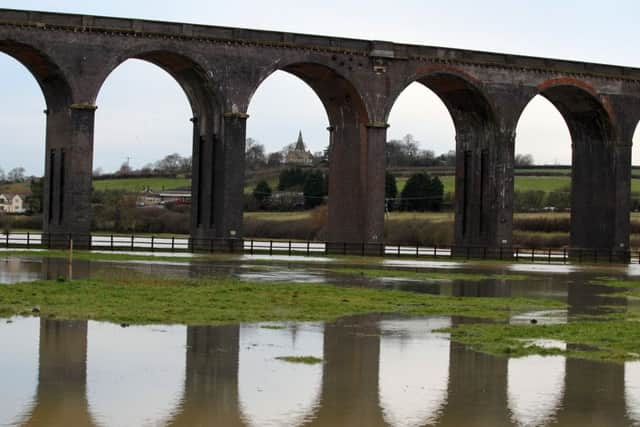History of the iconic Flying Scotsman ahead of its latest journey through Northants
and live on Freeview channel 276
But what is it that makes the iconic engine so special?
Built in Doncaster, the locomotive was originally given the number 1472, and left the works in February 1923.


Advertisement
Hide AdAdvertisement
Hide AdA year later in 1924, it was renumbered and given the name Flying Scotsman after the daily London to Edinburgh rail service, which had started in 1862.
In 1928 it made the first ever non-stop tour from London to Edinburgh, reducing the journey time to eight hours.
Six years later its speed was clocked at 100mph on a special test run, making it the first locomotive in the UK to reach that speed.
But it wasn’t done breaking records just yet.


After being bought by Alan Pegler in 1963, the Flying Scotsman was completely overhauled and taken to the US on a tour. But the trip didn’t go well financially, and Alan Pegler became bankrupt.
Advertisement
Hide AdAdvertisement
Hide AdBritish businessman William McAlpine then stepped in and bought the locomotive, having the engine restored and overhauling it twice.
He owned the Flying Scotsman for 23 years, during which time it went to Australia, making it the first steam locomotive to circumnavigate the globe on its voyage there and back.
And it even set a new record for the longest non-stop run by a steam locomotive at 442 miles while in Australia.
Over the years, various people and organisations have owned the locomotive, but in 2004, the National Railway Museum led a campaign to save it for the nation.
More than £4m has since been spent on restoring it, and it now delights crowds across the country during special journeys throughout the year.